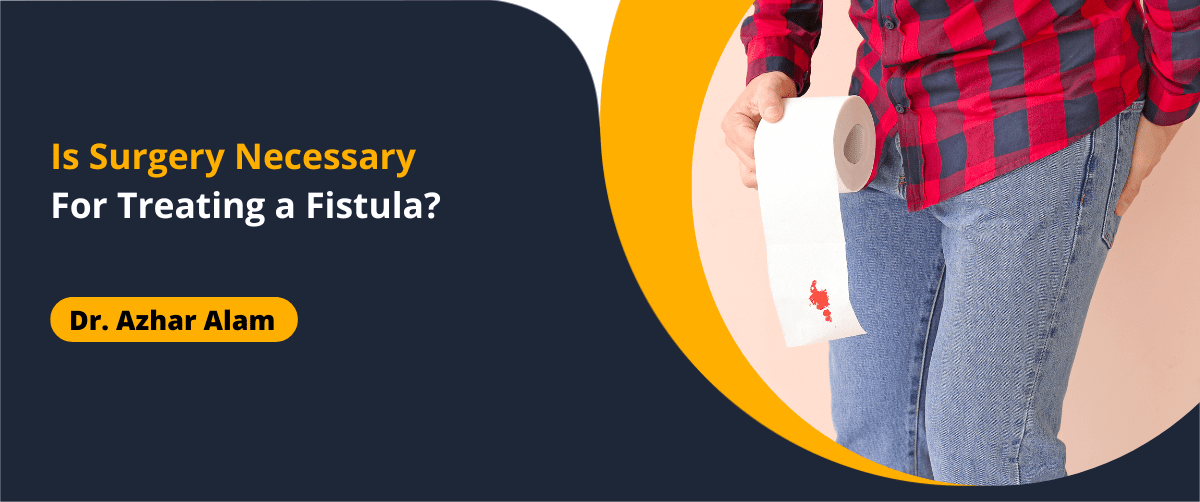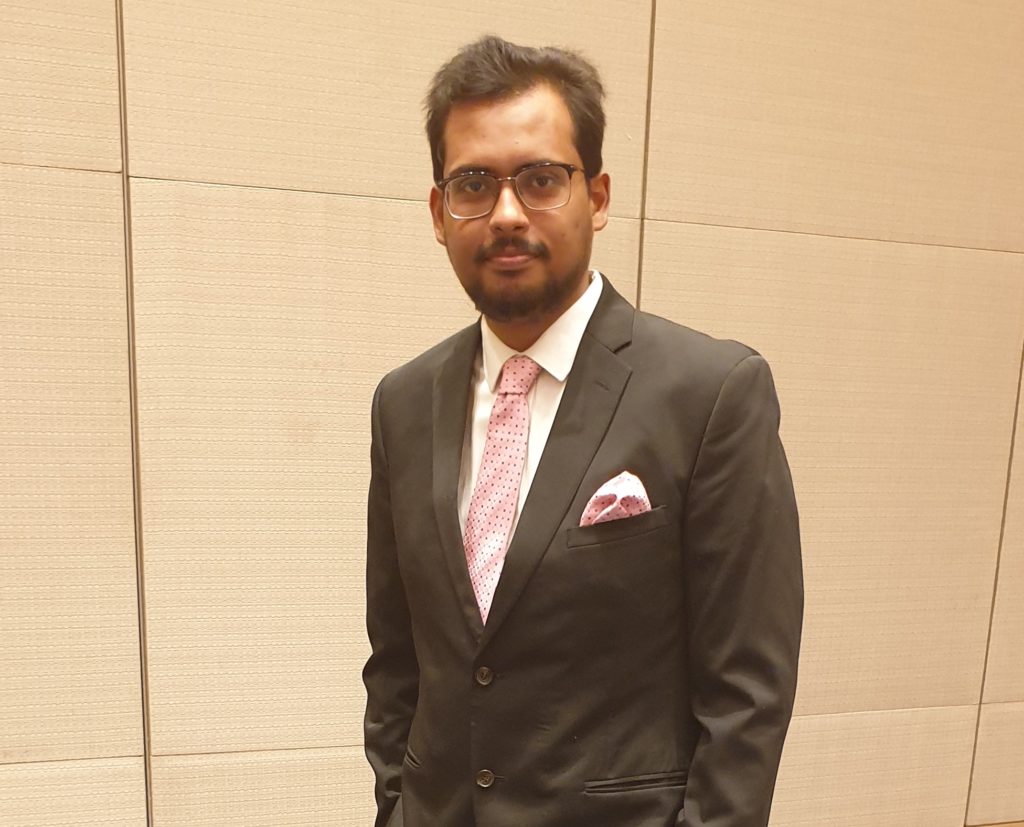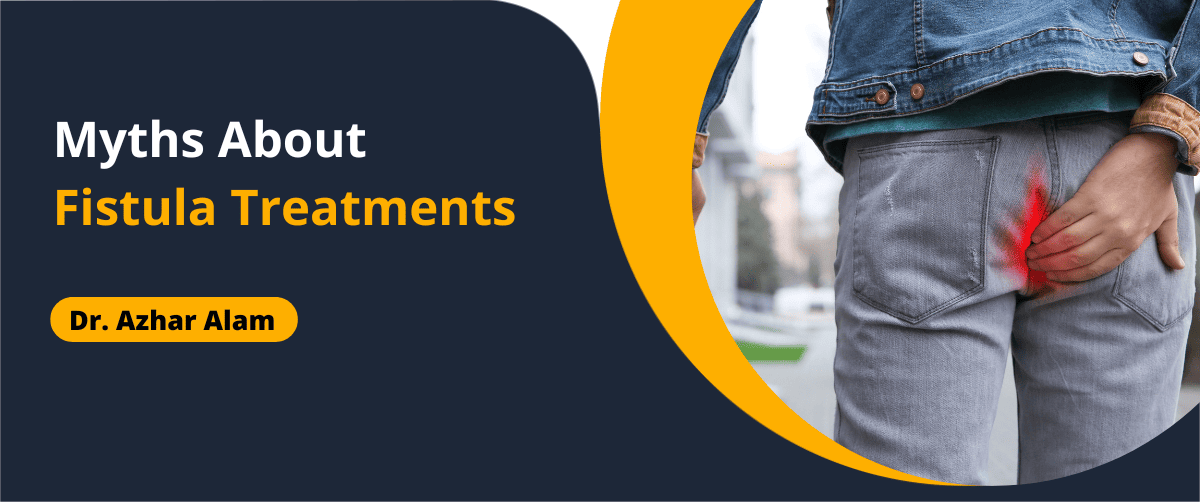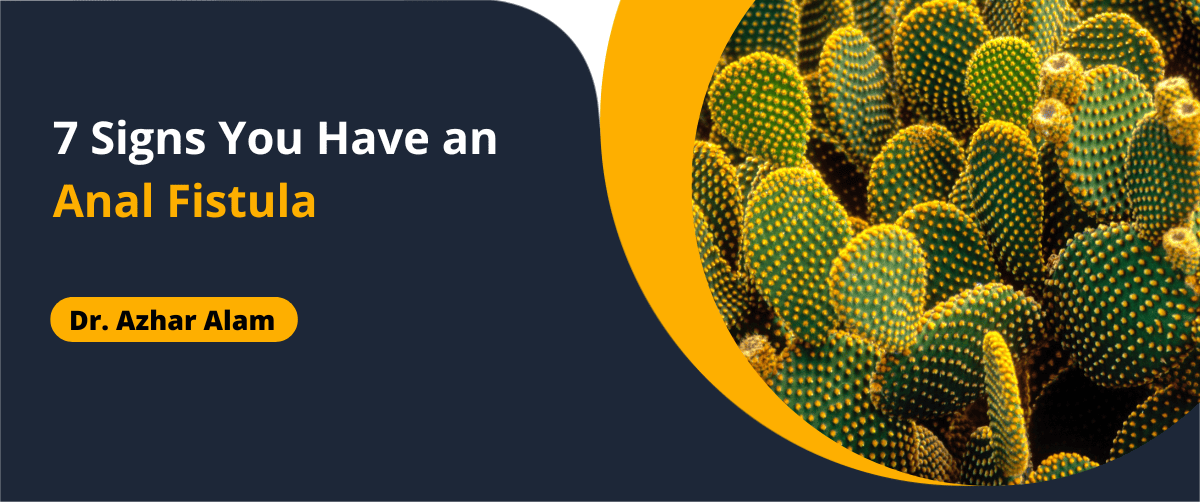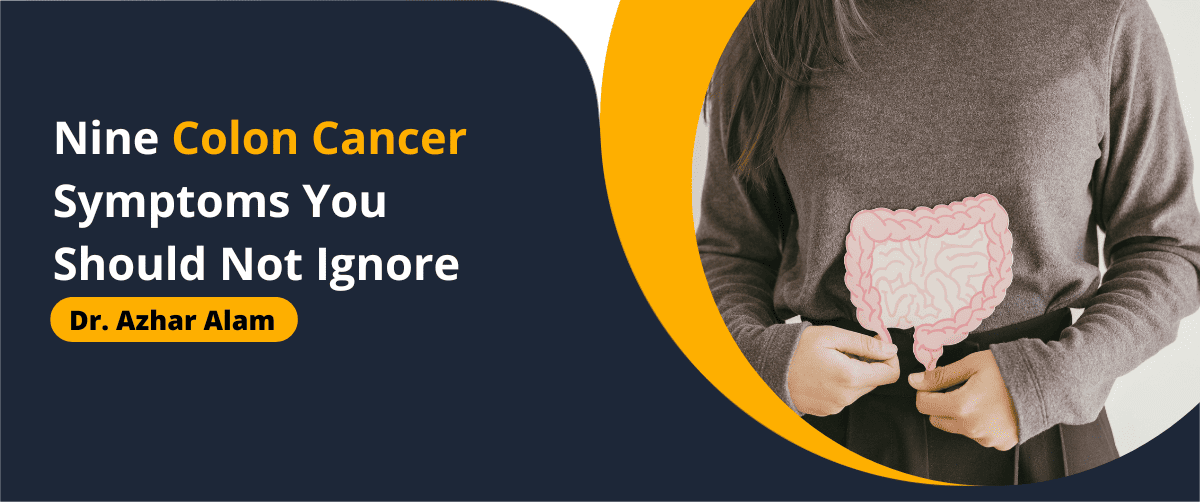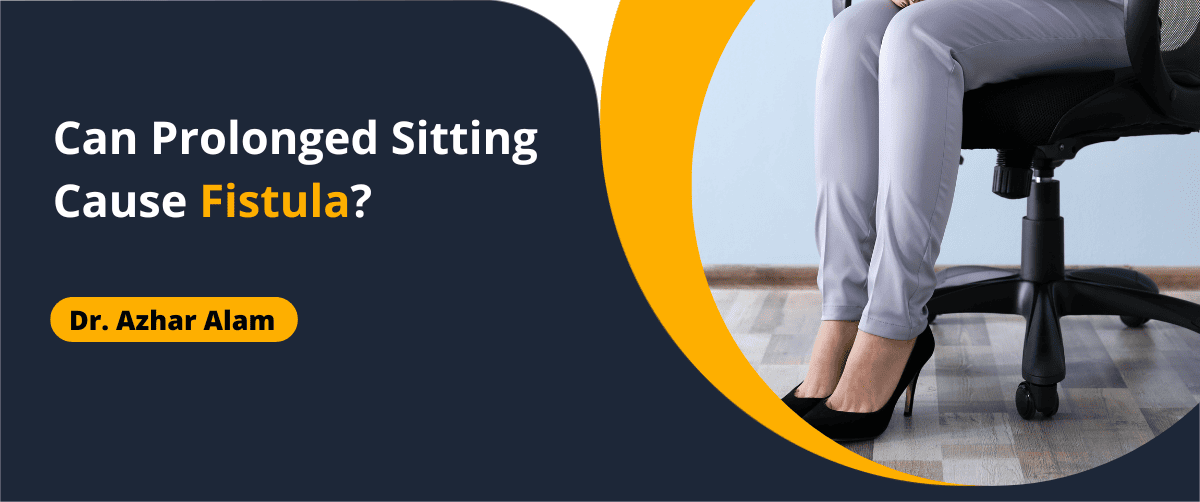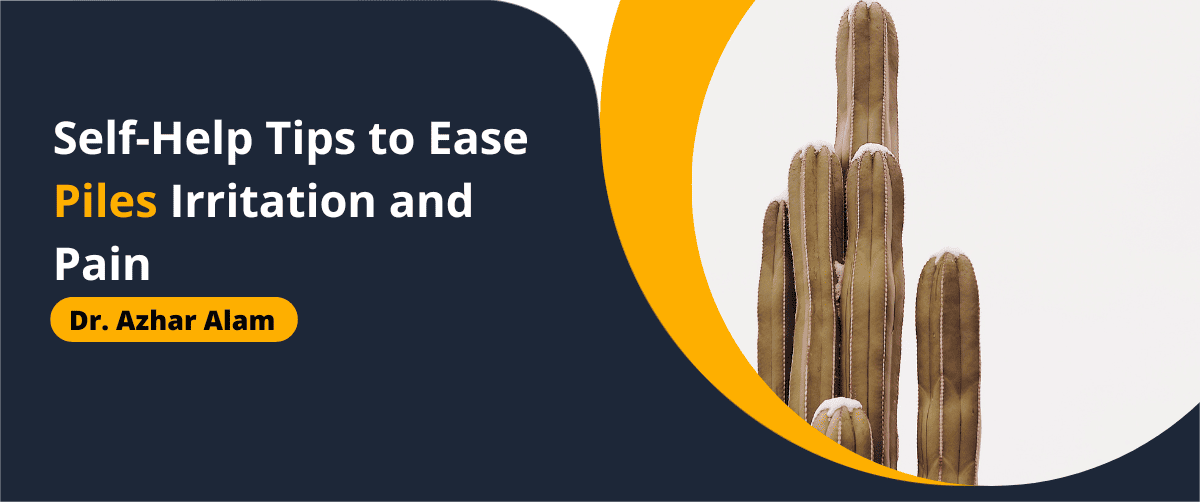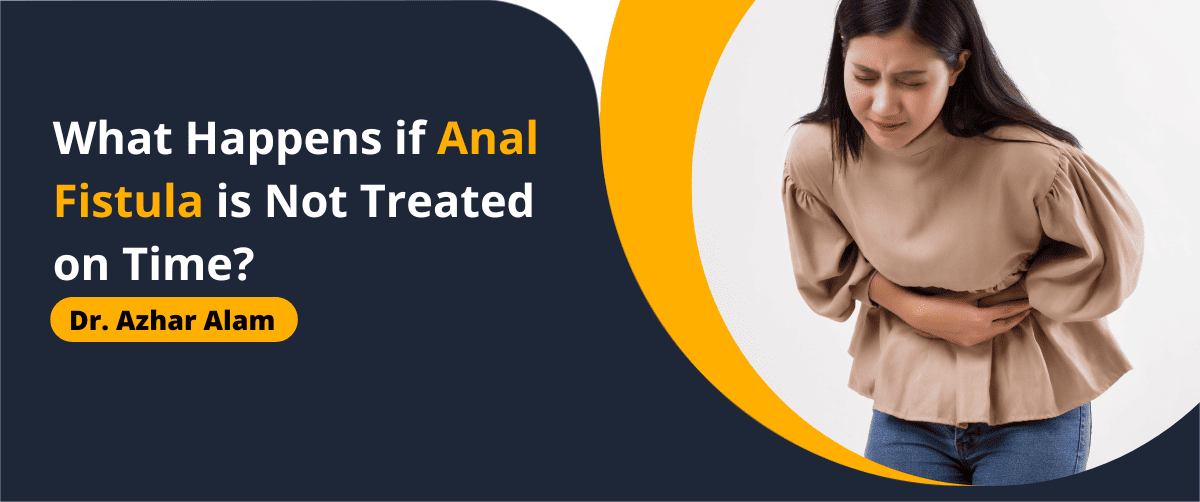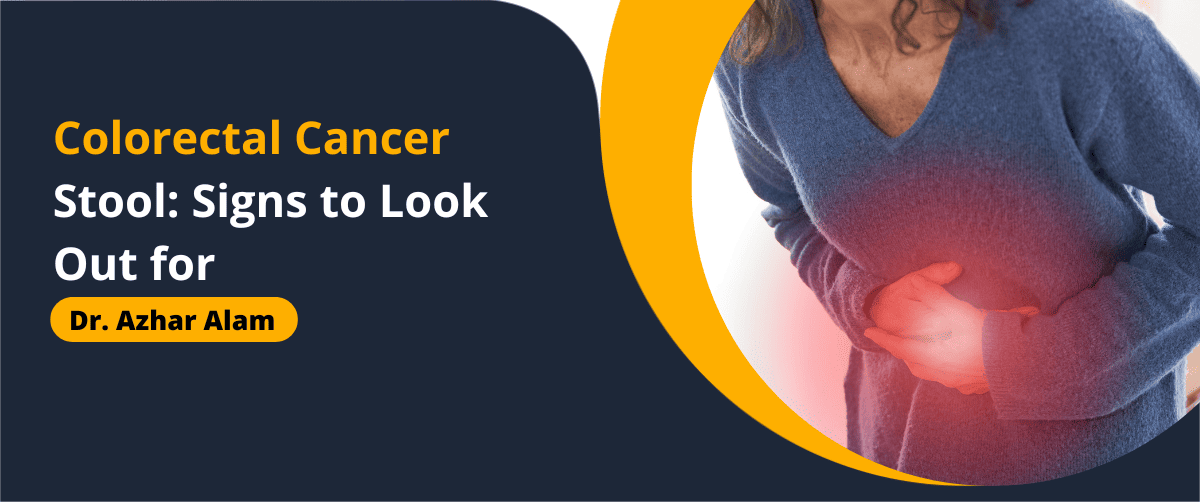Fistulas occur when there are abnormal connections between two body parts, for example, between an organ and the skin or between two organs. These aberrant passages often result from injury, infection, inflammation, or medical conditions like Crohn’s disease. Fistulas can occur in various body parts, including the digestive tract, urinary tract, and circulatory system. They pose significant health challenges, often causing pain, infection, and functional disturbances in the affected organs. The treatment of fistulas can be complex, and the necessity of surgery is a critical consideration. In this article, we will thoroughly discuss whether if it is surgery the only option to treat a fistula.
Types of Fistulas
Fistulas are categorized based on their location and the organs they connect. The main types include:
- Enterocutaneous Fistula: Connects the intestine to the skin, often resulting from abdominal surgery or inflammatory bowel disease.
- Anal Fistula: Develops between the anal canal and the skin near the anus, usually due to an infection in the anal glands.
- Rectovaginal Fistula: Forms between the rectum and vagina, commonly caused by childbirth, surgery, or radiation therapy.
- Vesicovaginal Fistula: Connects the bladder to the vagina, typically resulting from surgery, radiation, or trauma.
- Arteriovenous Fistula: A fistula is a strange connection between an artery and a vein, which may be present from birth (congenital) or can develop due to trauma or medical procedures such as dialysis.
Best Fistula doctor in Kolkata
Dr. Azhar Alam is a highly accomplished medical professional dedicated to treating patients suffering from Fistula disease. With a wealth of experience, Dr. Azhar Alam has effectively provided advanced laser treatment to over 1000 patients, successfully closing their fistulas. He is a highly respected laser surgeon in Kolkata, known for his successful surgeries and deep expertise in the field. Dr. Azhar Alam is widely recognized for pioneering laser surgery contributions and is esteemed as a leading expert. Additionally, he actively participates in medical associations and shares his knowledge by training numerous doctors in laser surgery techniques.
When is Surgery Necessary?
Despite the availability of non-surgical options, surgery is often necessary to effectively treat fistulas, especially when conservative measures fail or are inappropriate. Surgery aims to remove the fistula tract, help the body heal, and restore normal function to the affected organs.
- Severity and Complexity of the Fistula: Large, complex, or multiple fistulas often require surgical intervention. For example, high-output enterocutaneous fistulas that result in significant fluid and electrolyte loss typically need surgical repair.
- Underlying Cause: Fistulas from malignancies, chronic infections, or severe inflammatory diseases usually necessitate surgery. For instance, fistulas caused by Crohn’s disease might require surgery if there is a significant obstruction, abscess, or failure to respond to medical therapy.
- Failure of Non-Surgical Treatments: When non-surgical treatments, such as medications or fibrin glue, fail to close the fistula or control symptoms, surgery becomes necessary. Persistent pain, infection, or drainage that does not improve with conservative management often leads to a surgical solution.
- Risk of Complications: Fistulas that pose a high risk of complications, such as systemic infections, sepsis, or significant bleeding, often require surgical intervention. For example, rectovaginal fistulas can lead to recurrent urinary tract infections and severe discomfort, making surgery the best option for long-term resolution.
Surgical Options
Surgical approaches to fistula treatment vary based on the type and location of the fistula and the patient’s overall health and medical history. Common surgical techniques include:
- Fistulotomy: Surgically open the fistula tract to promote healing from the inside out. It is commonly used for anal fistulas and is highly effective in uncomplicated cases.
- Seton Placement: In cases where fistulotomy is not suitable, such as when the fistula passes through a significant amount of sphincter muscle, a seton can aid gradual healing and prevent incontinence.
- Flap Procedures: A flap procedure may be performed for complex fistulas, especially rectovaginal and vesicovaginal fistulas. This involves covering the fistula opening with a piece of tissue (a flap) from a nearby area to promote healing and provide support.
- LIFT Procedure (Ligation of Intersphincteric Fistula Tract): This technique is used for anal fistulas and involves tying off the fistula tract between the sphincter muscles, which allows for healing without compromising sphincter function.
- Reconstructive Surgery: For large or complex fistulas, especially those resulting from trauma or extensive disease, reconstructive surgery may be necessary. This can involve resecting the damaged tissue and reconstructing the affected area using grafts or tissue flaps.
- Stoma Creation: In some cases, particularly for enterocutaneous fistulas, creating a temporary stoma (an opening on the abdominal wall to divert stool) can help manage symptoms and promote healing before definitive surgical repair.
Post-Surgical Considerations
Successful fistula surgery requires careful postoperative management to ensure proper healing and prevent recurrence. Key considerations include:
- Infection Control: Postoperative infections can complicate recovery and lead to fistula recurrence. Antibiotics, proper wound care, and monitoring for signs of infection are essential.
- Nutritional Support: Adequate nutrition is crucial for healing, particularly for gastrointestinal fistulas. Patients may need continued nutritional support, such as TPN or a carefully managed diet, to aid recovery.
- Monitoring and Follow-Up: Regular follow-up appointments are necessary to monitor healing, manage any complications, and assess for recurrence. Imaging studies and endoscopic evaluations may be required to ensure the fistula is healing properly.
- Patient Education: Educating patients about wound care, signs of complications, and lifestyle modifications can enhance recovery and prevent a recurrence. Patients should know the importance of maintaining good hygiene, adhering to prescribed medications, and avoiding activities that could strain the surgical site.
Non-Surgical Treatment Options
While surgery is often considered the definitive treatment for many fistulas, non-surgical options can be effective in certain cases. Treatment choice depends on the fistula’s location, cause, size, and the patient’s overall health.
- Medical Management: Medications can sometimes be used to manage and treat fistulas, particularly those caused by inflammatory bowel diseases. Antibiotics are sometimes given to treat or prevent infection. Drugs that suppress the immune system and biologics, such as infliximab or adalimumab, can help reduce swelling and aid healing in patients with fistulas related to Crohn’s disease.
- Nutritional Support: Nutritional Support for fistulas involving the digestive tract, especially enterocutaneous fistulas, is critical. Total parenteral nutrition (TPN) can ensure the patient receives adequate nutrition without passing food through the fistula, allowing it to heal.
- Fibrin Glue: This treatment involves injecting a fibrin sealant into the fistula tract. The glue promotes clotting and tissue healing, potentially closing the fistula. It is a minimally invasive procedure and can be effective for some patients.
- Seton Placement: A seton is a piece of surgical thread or rubber band placed through the fistula tract to keep it open and allow drainage while preventing abscess formation. This technique is often used for anal fistulas and can help reduce infection and inflammation before definitive surgical repair.
- Endoscopic Procedures: Certain fistulas, especially those in the gastrointestinal tract, can be treated with endoscopic techniques. The procedures are designed to be minimally invasive and use a flexible tube equipped with a camera and specialized instruments to gain access to and provide treatment for the fistula from within the body.
Dr Azhar Alam’s Patients Feedback
Mr Ashif Iqbal, from Bangladesh, has suffered from anal fistula for the last 7 years. Even 2 surgeries in Bangladesh did not provide lasting relief to Mr Iqbal. After viewing some online videos of Dr. Azhar Alam, he made an appointment and discussed the problem. He underwent laser fistula treatment under Dr Azhar Alam. Post-procedure, Mr. Daya Nidhi, assistant of Dr. Azhar Alam, helped him to do the post surgery care. Follow-up examinations confirmed successful healing with no recurrence. For more details, check out this video on YouTube
Conclusion
Surgery is often necessary to treat fistulas, especially when non-surgical options fail or are unsuitable. Deciding whether to proceed with surgery depends on the severity and complexity of the fistula, its underlying cause, and the patient’s overall health. While non-surgical treatments can be effective in certain cases, surgical intervention remains a cornerstone in managing fistulas, providing definitive resolution, and improving patients’ quality of life. Postoperative care and patient education are vital components of successful fistula treatment, ensuring optimal outcomes and minimizing the risk of recurrence.
